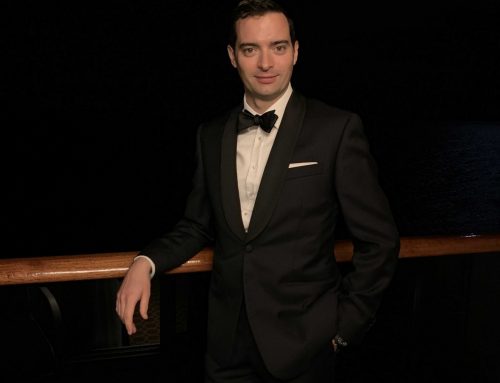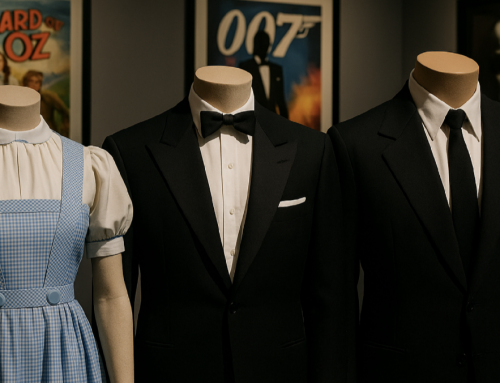
Superhero costumes are more than just fashion statements; they are iconic symbols of these larger-than-life characters, embodying their powers, personalities and the eras in which they were born. These costumes have undergone a fascinating evolution, reflecting the changing social and cultural landscape.
A Spectacle of Colors and Symbolism
The dawn of superhero comics in the 1930s and 1940s, known as the Golden Age, saw a surge of colorful and dynamic costumes, often inspired by circus performers and stage heroes. Superman, the Man of Steel, sported his iconic red and blue suit, while Batman, the Dark Knight Detective, donned a dark cape and cowl, setting the stage for the contrasting styles that would define superhero fashion.
Costumes in this era were bold, vibrant and heavily symbolic. Superman’s “S” emblem represented his Kryptonian heritage and his role as a symbol of hope, while Batman’s bat motif symbolized fear and justice. These costumes were not just for show; they were meant to be instantly recognizable, striking a chord with audiences and leaving an indelible mark on popular culture.

A Shift to Realism and Complexity
As the comic book industry matured in the 1950s and 1960s, the Silver Age marked a shift towards more complex and realistic costumes. The outlandish designs of the Golden Age were gradually replaced by a focus on functionality and adaptability.
Characters like the Fantastic Four, with their stretchy suits, and Spider-Man, with his web-shooters and mask, showcased the intersection of superpowers and practical attire. Costumes became more detailed, reflecting the emerging science fiction genre and the growing complexity of superhero mythology.
A Darker Tone and Experimentation
The Bronze Age, spanning the 1970s and 1980s, brought a darker and more mature tone to superhero comics, mirroring the societal unrest and cynicism of the era. Superhero costumes reflected this shift, becoming grittier and more realistic.
Characters like Wolverine, with his leather jacket and combat boots, and Daredevil, with his horned cowl and dark attire, embodied this shift towards a more grounded and gritty superhero aesthetic. Costumes became less about symbols and more about function, reflecting the characters’ darker deeds and the more complex world they inhabited.
A Fusion of Styles and Technological Advancements
The Modern Age, from the 1990s onwards, saw a fusion of styles, as comic book creators embraced the possibilities of new technologies and storytelling techniques. Superhero costumes evolved to reflect this convergence of aesthetics and innovation.
Characters like Captain America, with his modernized suit and technologically advanced shield, showcased the fusion of classic elements with modern advancements, such as the use of After Effects to create stunning visual effects. Costumes became more sleek, form-fitting and technologically enhanced, reflecting the fast-paced world of comic books and the growing importance of visual spectacle.
The Future of Superhero Costumes
As superhero stories continue to evolve, so do their costumes. The future of superhero fashion holds the promise of even more innovation, with costumes that are not just visually appealing but also functional, interactive and seamlessly integrated with the characters’ abilities.
Augmented reality, nanotechnology and biomimetic materials could play a role in the future of superhero costumes, creating costumes that are responsive to the environment, adapt to the characters’ powers and even enhance their abilities. The future of superhero fashion is bound to be as imaginative and groundbreaking as the stories themselves, pushing the boundaries of design and technology to create costumes that are both iconic and functional.
In conclusion, superhero costumes have undergone a fascinating evolution, mirroring the changing social, cultural, and technological landscapes.
As the superhero genre continues to thrive, we can expect the future of superhero fashion to be even more groundbreaking, incorporating cutting-edge technologies and pushing the boundaries of design to create costumes that are not just symbols but functional extensions of the characters themselves.






